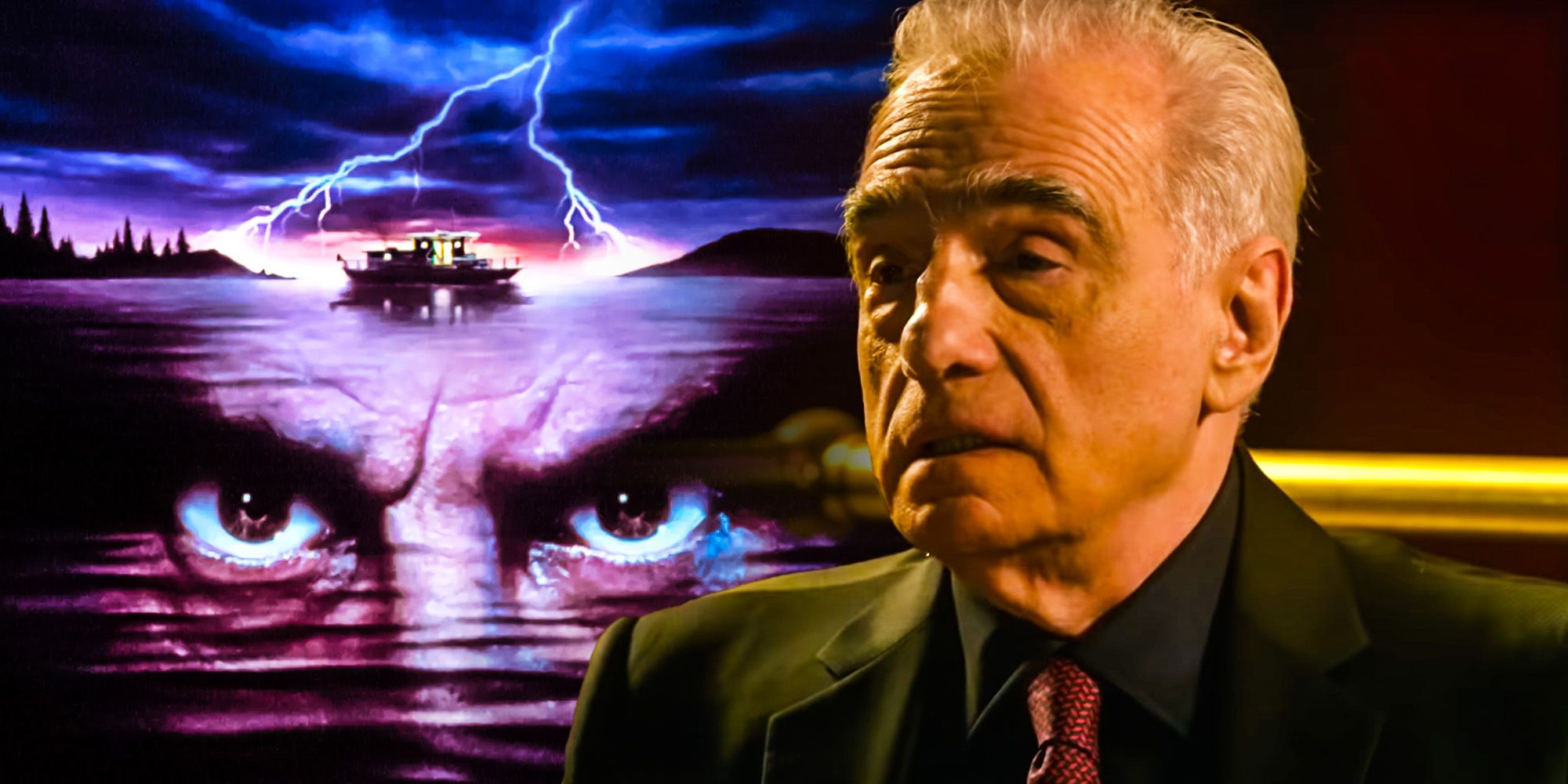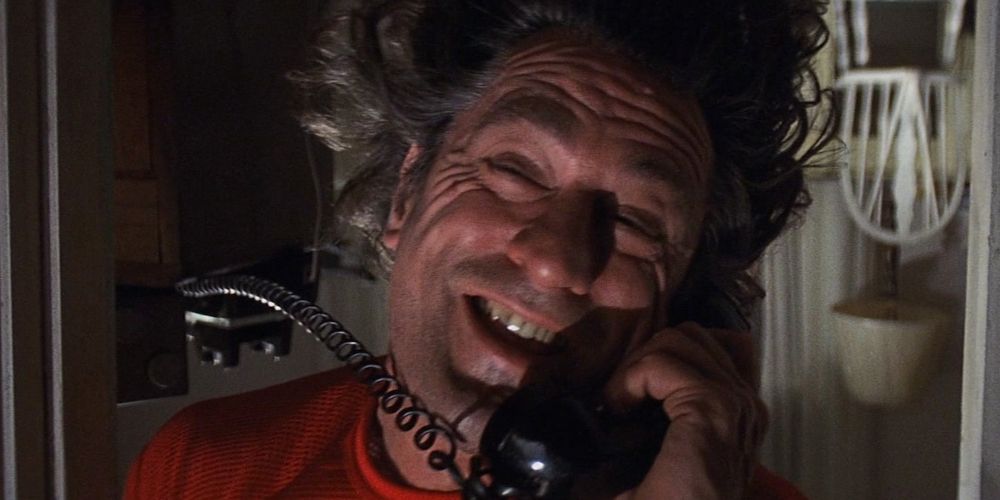Why Cape Fear Is Secretly Martin Scorsese's Best Horror Movie

Martin Scorsese's 1991 remake of Cape Fear gets lost in the sea of his critically acclaimed filmography but is secretly the best horror film the acclaimed director has made. When talking about Scorsese's experience with the horror genre, his 2010 thriller Shutter Island inevitably dominates much of the discourse. Cape Fear, however, a remake of J. Lee Thompson's 1962 film of the same name, better accomplishes a perfect balance of operatic filmmaking and brutal psychological horror. Cape Fear is labeled a thriller, but its nihilistic tone and Robert De Niro's monstrous portrayal of villain Max Cady make this a hidden horror gem.
Scorsese's filmography is filled with a plethora of genres ranging from crime thrillers to family-friendly adventures, but he has rarely dipped his toes into the horror genre. His films have featured horrific imagery, like the final scenes of After Hours or Travis Bickle's descent into madness in Taxi Driver, but he has made only films that could be classified as horror. Shutter Island is outward horror; its cinematography is dark and atmospheric and its imagery and setting catered toward the horror crowd, whereas the more terrifying elements of Cape Fear creep into the film like Max himself.
Cape Fear reveals itself as Martin Scorsese's best horror movie because of the way that it disguises itself as a thriller that slowly unveils its horror elements. The themes of the film are undeniably terrifying; lawyer Sam Bowden (Nick Nolte) is being harassed by his former client Max Cady, a criminal who was incarcerated for 14 years for the sexual assault of a minor. Max seeks revenge on Sam for the time he lost, vowing to make him "learn about loss" by invading every part of Sam's life and slowly driving him to violence. Max's evil has been referenced and parodied since the film's original release, but the film still packs a horrific punch.

Scorsese steeps the film in dread from the opening scene of Max getting released from prison with storm clouds looming in the background. Sam, his wife Leigh (Jessica Lange), and their teenage daughter Danielle (Juliette Lewis) are forced to deal with Max violently invading their lives, threatening to tear them apart. While Scorsese uses the template of the 1961 original Cape Fear, he uses his camerawork and editing to inject horror into this remake. He frequently uses full frames of color and changes the image to negative to visualize the psychological uprooting of Sam's family's life and make their home feel unfamiliar. Sam eventually hallucinates Max in his bedroom making Sam realize that Max has been in and out of his home the entire time, which evokes the omniscience of Michael Myer's in John Carpenter's Halloween.
The final act of Cape Fear goes full horror as Max spirals and starts to spill blood. Earlier in the film, he brutally attacks Sam's coworker Lori (Illeana Douglas), biting her face like a feral animal and brutally beating her. By the end of the film, Max disposes of people like a slasher movie villain, even disguising himself as the family's maid Graciella (Zully Montero) which is reminiscent of Norman Bates (Anthony Perkins) dawning his mother's clothes in Alfred Hitchcock's Psycho. The final confrontation on Cape Fear River sees Max disfigured by fire and speaking in tongues before his death, transforming Cady into a complete monster. The last image of Max before he sinks into the depths of the river is his crazed eyes floating above the waterline, suggesting that he'll be watching Sam even in death, concluding the film on a lingering disturbing note.
from ScreenRant - Feed https://ift.tt/EVSGB0u
via Whole story

Post a Comment